What does Lip Ptosis look like and what causes it?
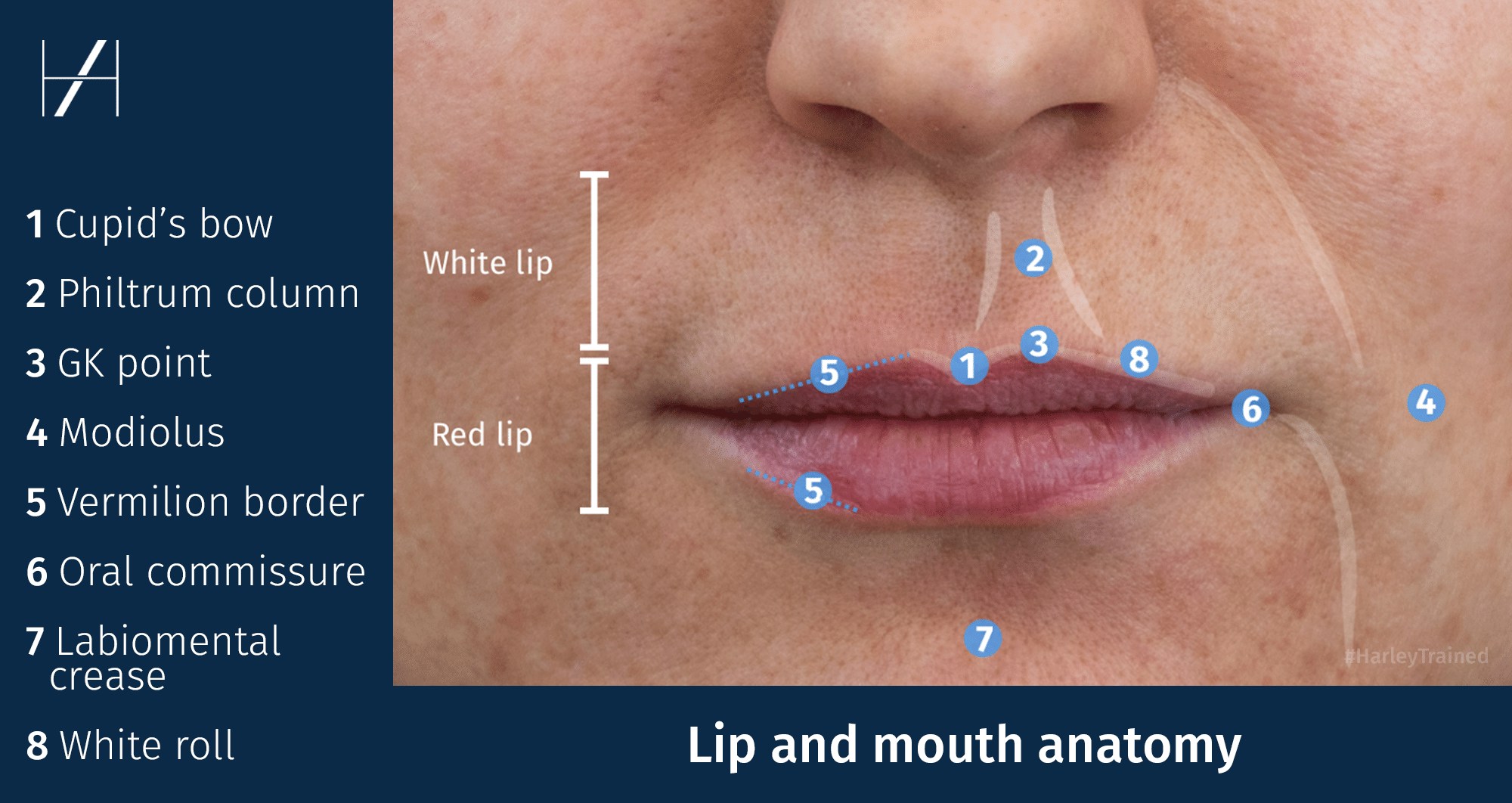
What does lip ptosis look like? Would you be confident making this diagnosis..?
Lip ptosis refers to a condition where the upper or lower lip appears elongated or droopy.
Apart from the functional deficit it can cause, aesthetically it can give in an imbalanced or aged facial appearance. However, it may also be barely noticeable, especially to people unfamiliar with an individual’s facial features.
It doesn’t always need intervention but there may be non-surgical or surgical options that can help. For example, toxin, for muscle concerns or filler for volume restoration.
Here we run down the basics of identifying lip ptosis and some of the common causes that you may come across in your aesthetic clinic...
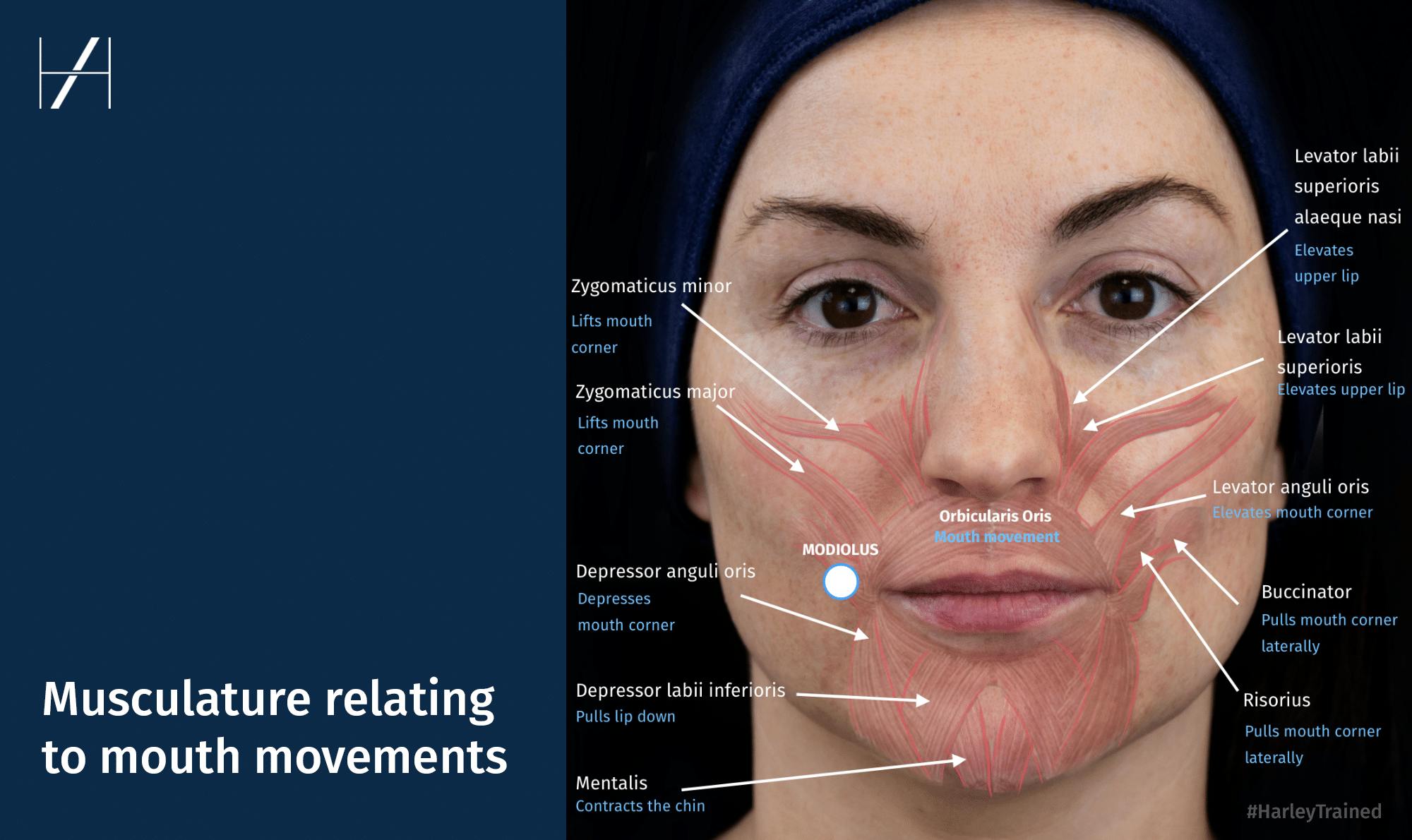
What does lip ptosis look like?
Lip ptosis, on the whole, is a rare presentation. The characteristic presentations of lip ptosis can vary in severity and presentation among individuals. However, there are a number of signs you can look for...
Elongated upper lip
An elongated upper lip, where the distance between the base of the nose and the upper lip is increased can be a sign This creates a disproportionate relationship between the upper lip and the lower third proportions of the lower face.
Loss of Cupid’s bow definition
Drooping of the upper lip can cause the Cupid’s bow to lose definition and prominence. This results in a less defined or flattened appearance.
Negative oral commissure
The oral commissure refers to the corners of the mouth. In some cases of lip ptosis, the corners of the mouth may turn downward, contributing to a sad or aged facial expression.
Altered muscular dynamics on lip movement
Depending on the cause of lip ptosis, you may detect unusual movement of the lip. For example, asymmetry when the patient smiles.
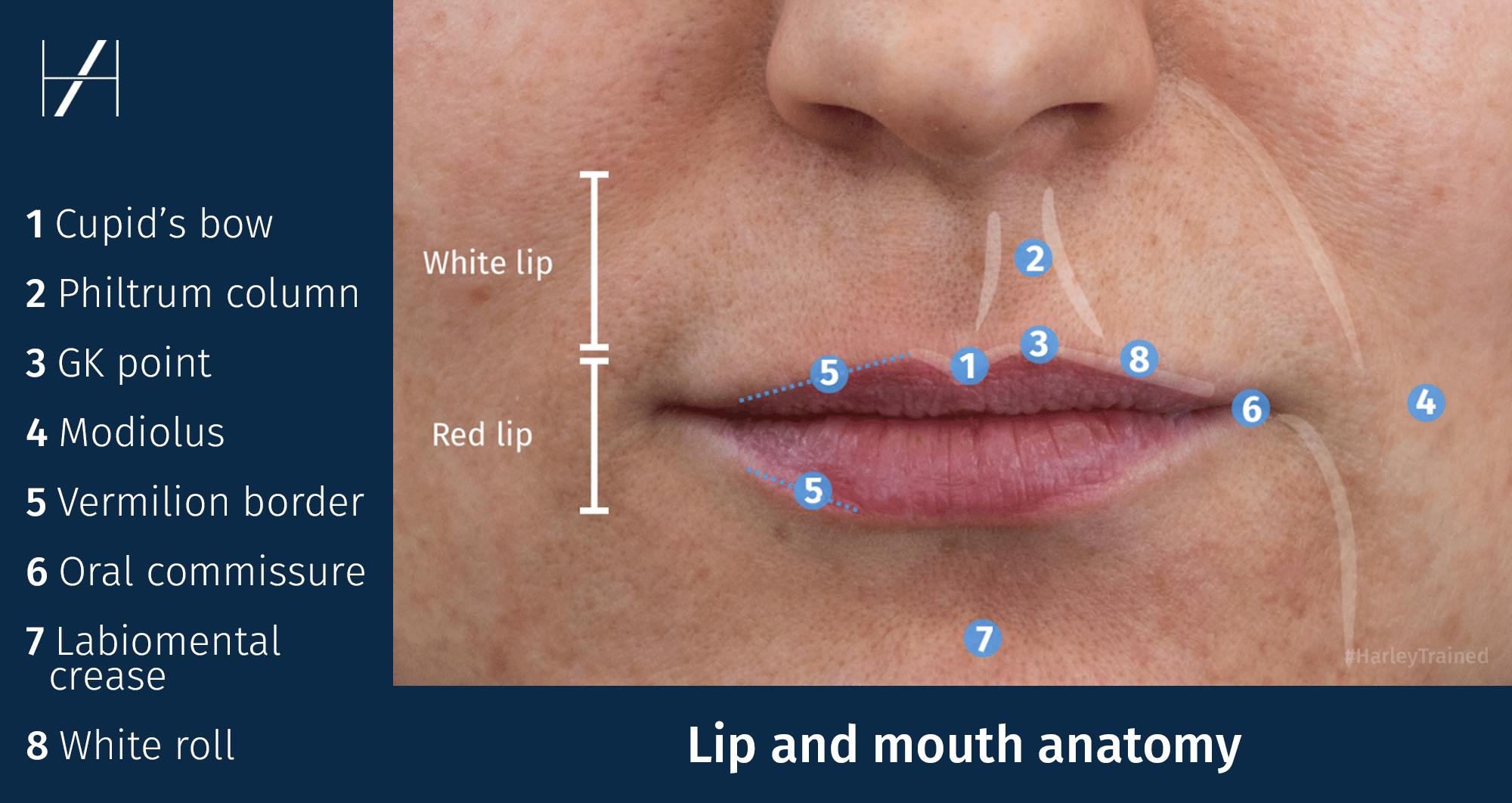
What causes lip ptosis?
Lip ptosis can be influenced by a number or combination of factors. Furthermore, the underlying cause may vary from person to person. These are some of the most common causes...
Ageing
As you’ll be aware, the natural ageing process can lead to a loss of skin elasticity. It can also cause decreased muscle tone and changes in facial fat distribution. You may observe how these age-related changes can diminish the upper lip’s support structures. This can cause it to droop or elongate. The changes may also be asymmetrical, which adds to the negatively perceived aesthetic.
Genetics
Certain individuals may have a genetic predisposition to lip ptosis. Inherited traits such as weaker connective tissues or facial muscle laxity can contribute to the development of drooping lips.
Facial trauma or injury
Trauma or injury to the teeth, jaw, lip and perioral region can result in damage to the supporting structures of the lip as well as the lip itself. This damage can disrupt the normal position and function of the lip, leading to ptosis.
Muscle weakness or paralysis, including lip ptosis caused by complications from botox treatments
Conditions that affect the muscles involved in lip movement can contribute to lip ptosis. For example, facial nerve palsy, a condition where the facial nerve is damaged or paralyzed, can lead to weakness or paralysis of the muscles responsible for lip movement, causing drooping.
This can also present as a complication of botox treatments. Examples include periorbital toxin where the lowest point is placed too deep, lip flip and gummy smile treatments. In these instances, it can occur if the toxin spreads beyond the intended treatment area and affects the muscles responsible for lip elevation or support.
Underlying medical conditions
Certain medical conditions can be associated with lip ptosis. For instance, neuromuscular disorders such as myasthenia gravis, which affects neuromuscular transmission, can result in muscle weakness. This includes in the muscles involved in lip movement and support.
Previous lip procedures
In some cases, previous lip surgeries or non-surgical cosmetic procedures, such as lip filler treatments, may lead to unintended consequences that result in lip ptosis.
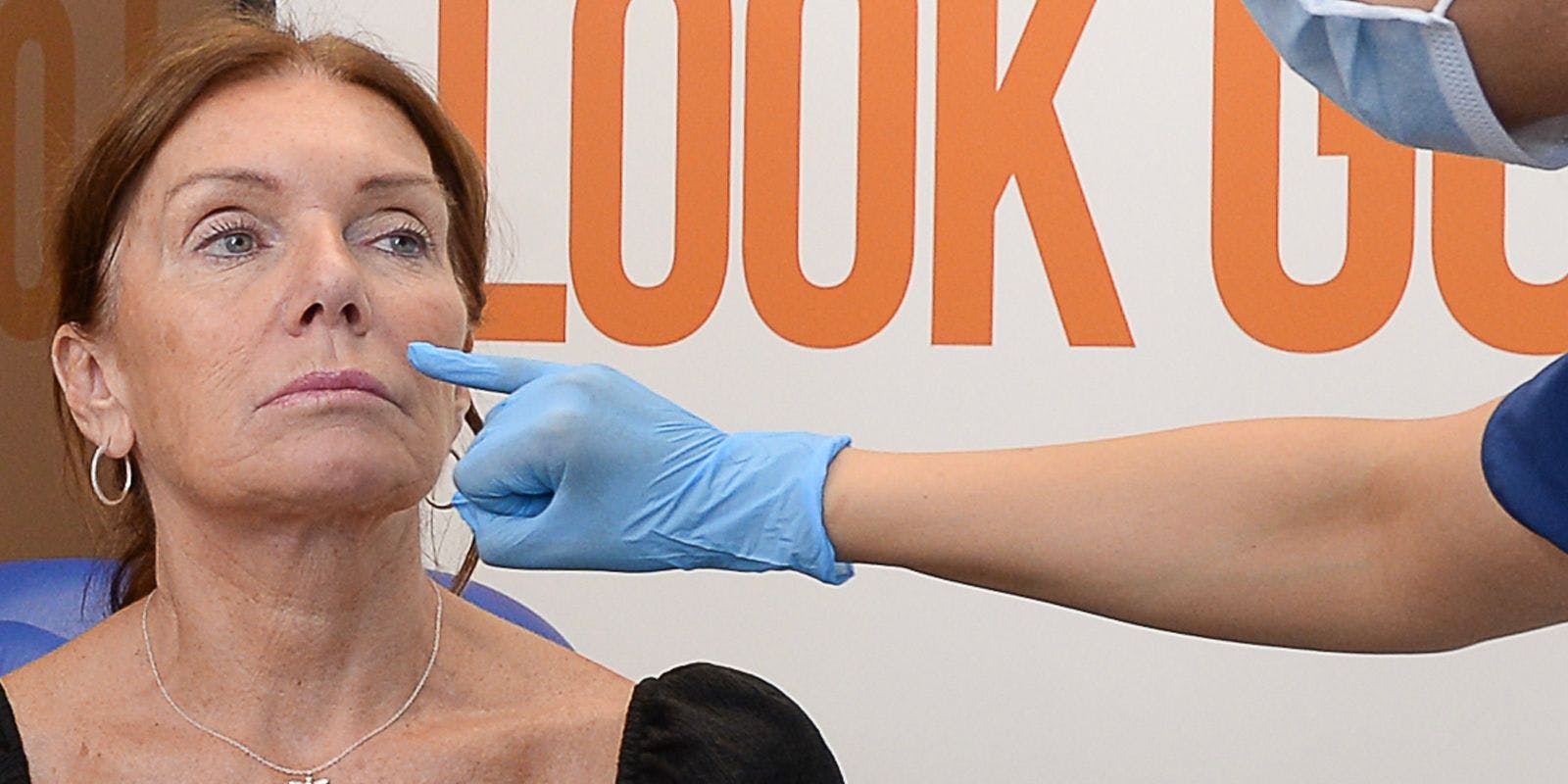
Can you use lip filler to correct lip ptosis?
Non-surgical options are less invasive than surgery, but are temporary solutions for lip ptosis. These do require the hands of an experienced injector.
You can use both toxin and filler treatments to manage the appearance of lip ptosis. Understanding the cause and mechanism of the issue is key.
If muscle action is the cause, you can neuromodulate the lip appearance for balance.
Lip or perioral filler can be used for volume restoration. Do bear in mind that, with lips that have been subject to trauma or scarring, filler procedures are far from simple due to fibrous scar tissue. You also need to take into account the disruption of normal anatomy. This includes vasculature.
Lip filler training for doctors, dentists and nurses
If you’re a doctor, dentist or nurse – including midwives – interested in learning how to administer safe and effective lip treatments, we can help.
From Foundation Training in Botox & Dermal Fillers, through our industry-leading Level 7 Diploma in injectables, to our Periorial & Lip Filler Masterclass, there’s something for every stage of your medical aesthetics journey.
Contact our Courses team for personalised advice on the best lip filler training course for you. Whether you’re a beginner, intermediate or even at an advanced level, we have hands-on options to suit.
All information correct at the time of publication.
Download our full prospectus
Browse all our injectables, dermal fillers and cosmetic dermatology courses in one document
By submitting this form, you agree to receive marketing about our products, events, promotions and exclusive content. Consent is not a condition of purchase, and no purchase is necessary. Message frequency varies. View our Privacy Policy and Terms & Conditions
Attend our FREE open evening
If you're not sure which course is right for you, let us help
Join us online or in-person at our free open evening to learn more
Our Partners




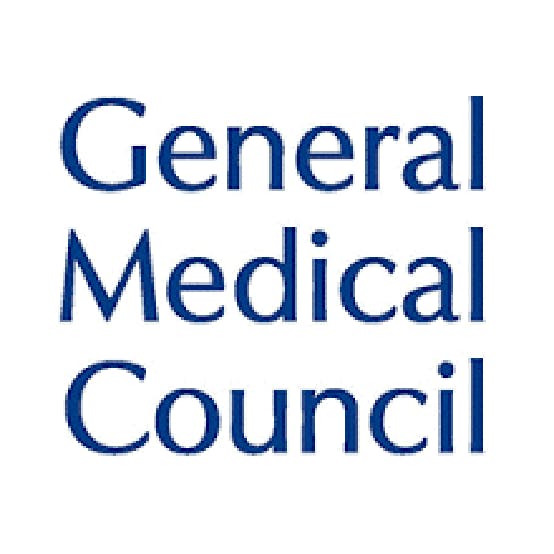









STAY INFORMED
Sign up to receive industry news, careers advice, special offers and information on Harley Academy courses and services

